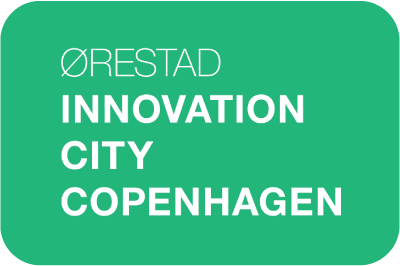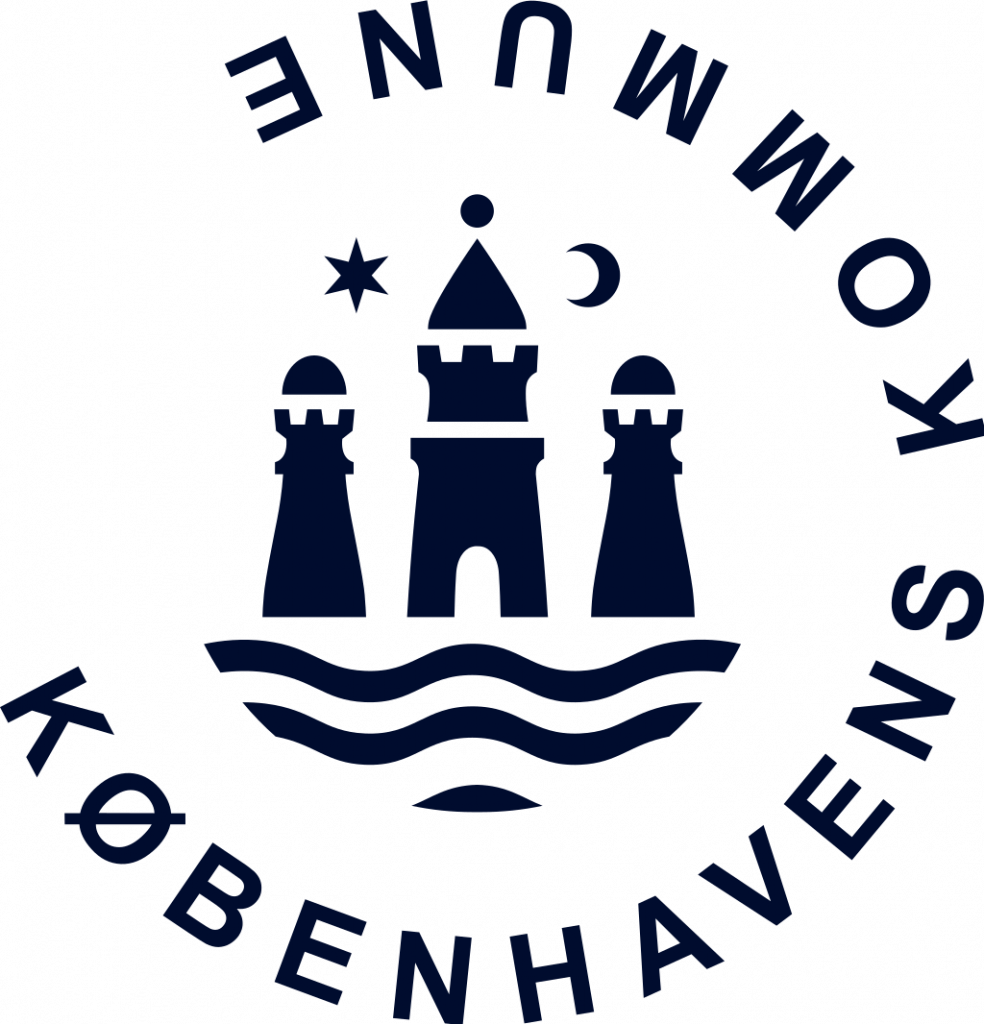
The battle for the future workforce is on. The additional workforce demand in 2030 is approximately three times greater than the growth in the labor force in Denmark. This means that in the future, we need to use resources even more efficiently while making it meaningful to go to work.
At Droids Agency, we are involved in the Technology Partnership (Teknologipartnerskabet), where the Association of Local Governments (KL) and 33 municipalities have joined forces to innovate processes and scale new technological solutions that can free up time and enhance welfare in Denmark. Part of the project also involves exploring how modern IT solutions using Artificial Intelligence (AI) can contribute to efficiency and meaning for employees in their daily work.
The thesis project involves development of methods, analyzing and mapping selected end-to-end processes and then investigating how these processes can be reimagined and supported with new technological solutions, including AI and other automation methods, such as ChatGPT. This could include processes like Onboarding, Building Permit Processes, and planning citizen visits, among others. There is an opportunity to develop prototypes in the project using technology from companies like Microsoft, OpenAI etc.
Learn more about the project:
https://videncenter.kl.dk/viden-og-vaerktoejer/digital-transformation/kommunernes-teknologipartnerskab/
https://co-pi.dk/aktuelt/nyheder/2023/januar/kl-lancerer-teknologipartnerskab-skal-frigive-tid-og-loefte-velfaerden-i-kommunerne/
Keywords: Business Process Management, Power Platform, Azure, Service Design, AI, ChatGPT, OpenAI.
Group Size: 1-3

Ørestad Innovation City Copenhagen (ØICC) is an innovation partnership that exists with the purpose of further developing Ørestad as the sustainable innovation district of Copenhagen. ØICC is a member-based association of educational institutions, business companies and public sector organizations located in and/or interested in developing Ørestad. To maintain such climate – initiation and coordination partnerships across stakeholders in Ørestad and across sectors is essential. Innovation and solutions to complex challenges demand cooperation between organizations that do not naturally meet. ØICC creates platforms that enable this collaboration and helps facilitate it. However, the impacts can only be attributed if the current perception is what it is expected to be.
The thesis project involves uncovering and understanding how do people view Ørestad as an innovation district, in the larger Copenhagen area and in Denmark, which includes in determining what are the characteristics of such a district bringing various groups of people and organizations in participating in the closely tied culture.
Keywords: Mixed Methods, Ethnographical Study, Interviews, Surveys, Business Innovation Culture, Entrepreneurship
Group Size: 1-2

Copenhagen Municipality’s ‘Climate Plan 2035′ covers all global CO2 emissions and thus also the CO2 that comes from Copenhageners’ consumption. In order to reach the climate target, it is necessary to focus on some selected concrete measures that can make a significant difference. In this connection, the municipality needs data on the citizens’ consumption behavior and how CO2-intensive and non-intensive behavior patterns possibly relate to each other. With the help of this data and the subsequent analysis, the municipality can design efforts and communication that can be tailored to different segments of the population, so that Copenhagen’s CO2 emissions can be reduced sufficiently.
Through the Urban Insights Data Lab, the City of Copenhagen gains insight into how citizens and visitors use a district. It will be clarified whether activities that are not CO2-intensive, such as cycling, are related to other non-intensive activities such as shopping in thrift stores and buying plant-based food – or whether there is no CO2 connection in people’s behavior patterns. It is also being investigated whether people with low CO2-intensive consumption habits and people with high-intensive habits use different social media. The case will contribute to a deeper understanding of how a district like Ørestad functions in relation to consumption, and also shed light on how the term ‘consumption’ should be understood in general. In addition to the resulting data helping Copenhagen Municipality’s climate action, knowledge about consumption patterns in Ørestad will be valuable for anyone interested in the district’s further development.

Each doctor has to document the symptoms of a patient. Due to the individuality, there are quite a number of ways to express the same symptoms or experiences a person can have. Nevertheless, there is also the other side of the coin, where a patient might use the same words, but it could be understood differently. There are some phrases that are recognized by doctors that patients like to use. That is why there is an opportunity to standardize these phrases and their meaning to have a better overview of all the patients and their symptoms/experiences
The rewriting process consists of a manual search for the phrases that cover the information contained in the existing patient information, as well as the production of new phrases for the information that is not already covered. It is a time-consuming task and requires insight into which phrases we already have and the terminology used, as the search is a keyword search.
The process could be facilitated if a language model could do the initial reading of patient information and produce a draft based on phrases.

It has been shown that the built environment in cities has a major influence on people’s health across their life course. But there is a lack of data that can show causal relationships and thus give an indication of how to create better health among urban populations. With a focus on disorders such as diabetes, severe obesity and cardiovascular disease, Novo Nordisk and Cities Changing Diabetes will find out which indicators for the environment and behavior respectively are important in order to implement health promotion efforts – and to evaluate efforts continuously.
The Urban Insights Data Lab will support the project by looking at how real-time data can be combined and contribute to an understanding of how the urban environment affects the behavior related to physical, social and mental health. This knowledge will help Cities Changing Diabetes develop an innovative, data-driven model based on real-time environmental, behavioral and health data that takes local contexts into account. This model will form the framework for cross-cutting collaborations on urban development that supports health.
The project will partly investigate how the built environment influences health-related behavior in terms of social, cultural and economic factors, and what significance the season or time of day has on people’s behaviour. In part, the project will map relevant indicators and data sources as well as the challenges of combining different data sources. The case will form part of a collaboration that Novo Nordisk has with, among others, C40 and NREP to develop a health index for cities.

Balder Danmark owns and manages 1,200 apartments spread across seven properties in Ørestad. Balder’s tenants make up approx. 10% of the population in Ørestad City and South, and the company therefore wants to contribute to making Ørestad one of Copenhageners’ favorite districts. The case will provide Balder with information about population composition and cohesion in Ørestad, as well as the effect these factors have on the district’s moving patterns.
Some of the questions that will be answered through the Urban Insight Data Lab are: What does the demographic composition of Ørestad residents look like, and to what extent do the residents form part of local communities with each other? How do citizens and visitors use the district, and which city functions – such as shopping, cafes, sports and walking – are used locally or outside the district? How do population composition and communities affect Ørestad’s migration patterns?
When Balder Danmark knows how demographics and communities influence the attraction, retention or relocation of residents, the company can put together their offers so that they correspond to the residents’ needs and wishes. In doing so, Balder will contribute to strengthening the well-being of Ørestad’s residents.